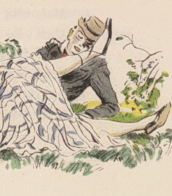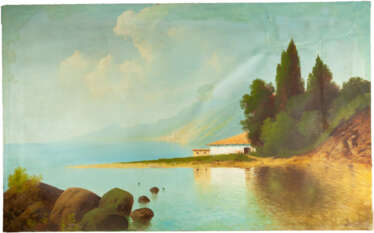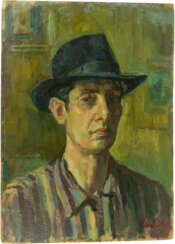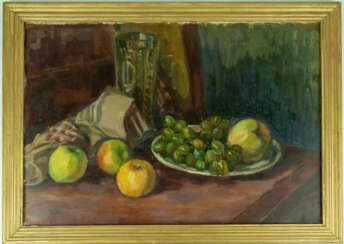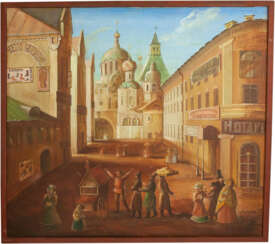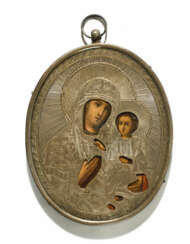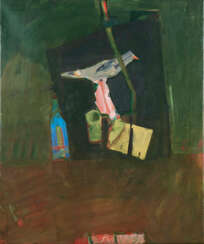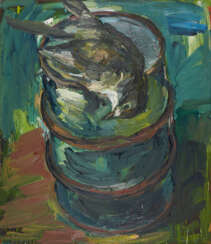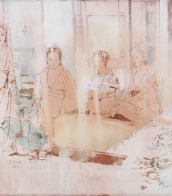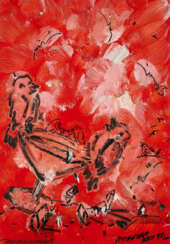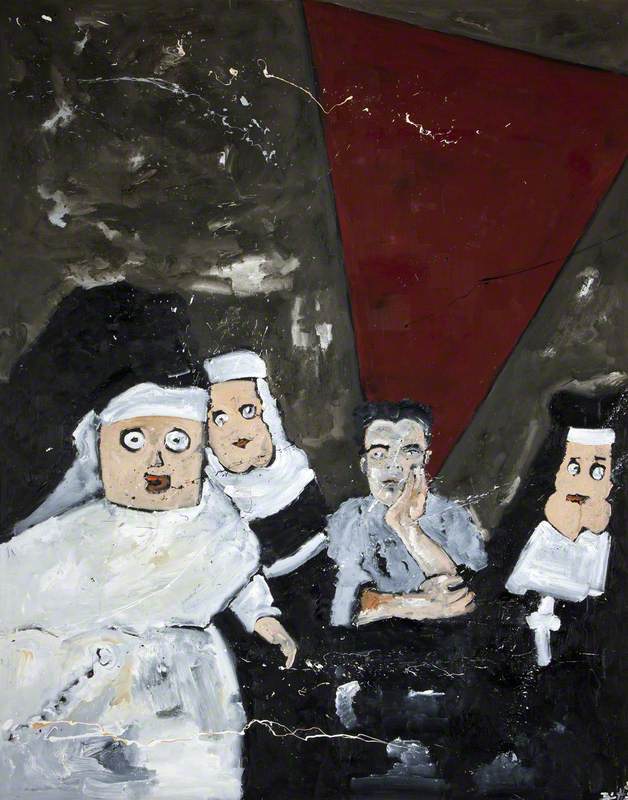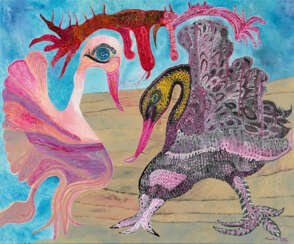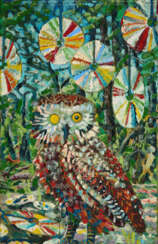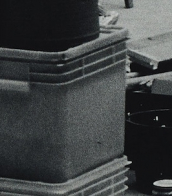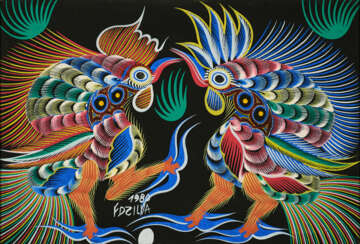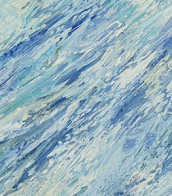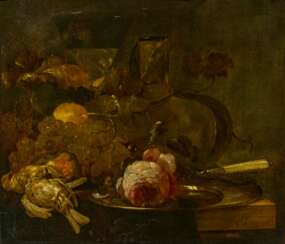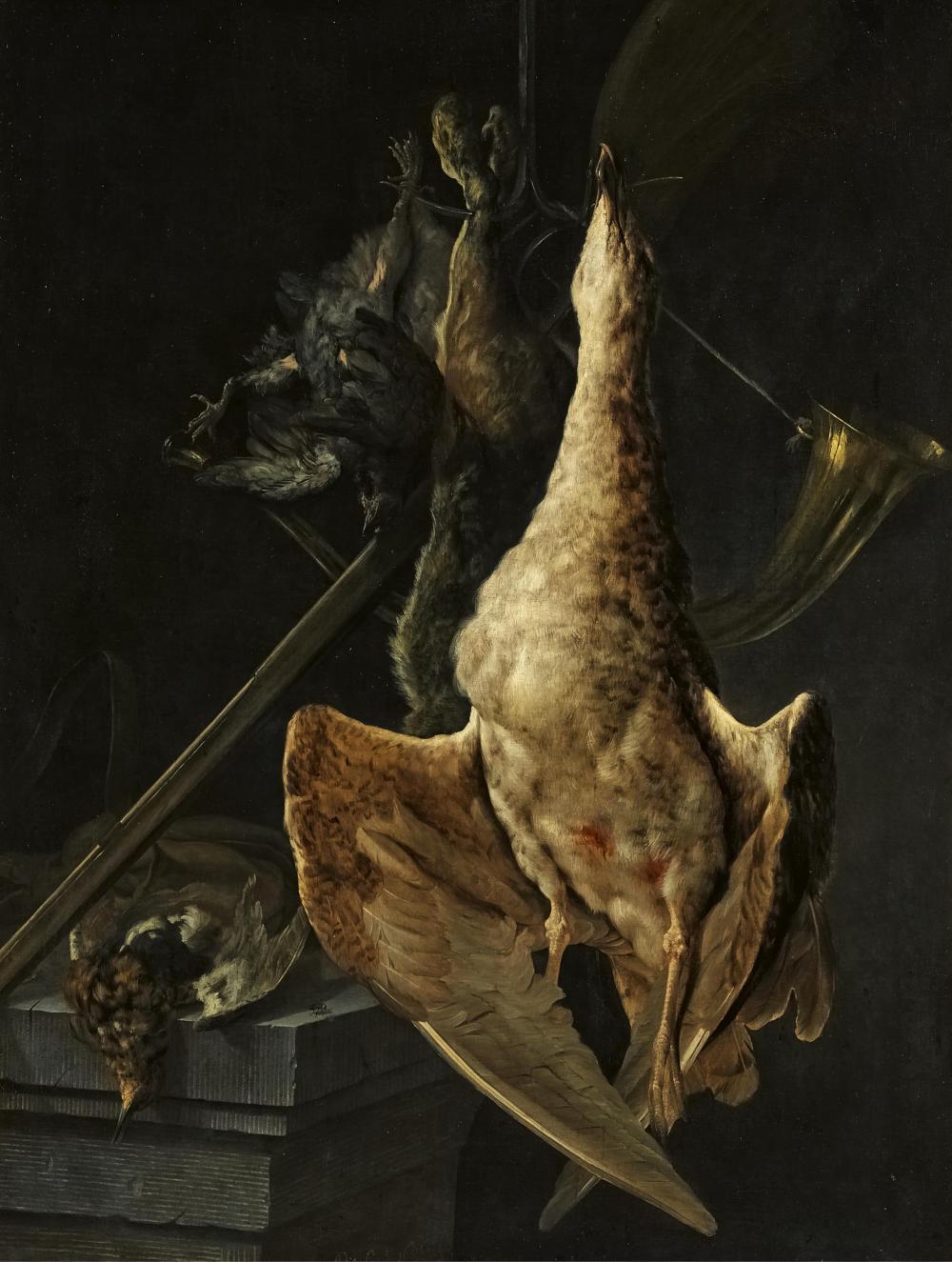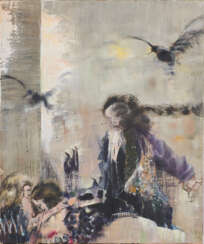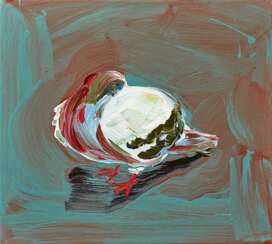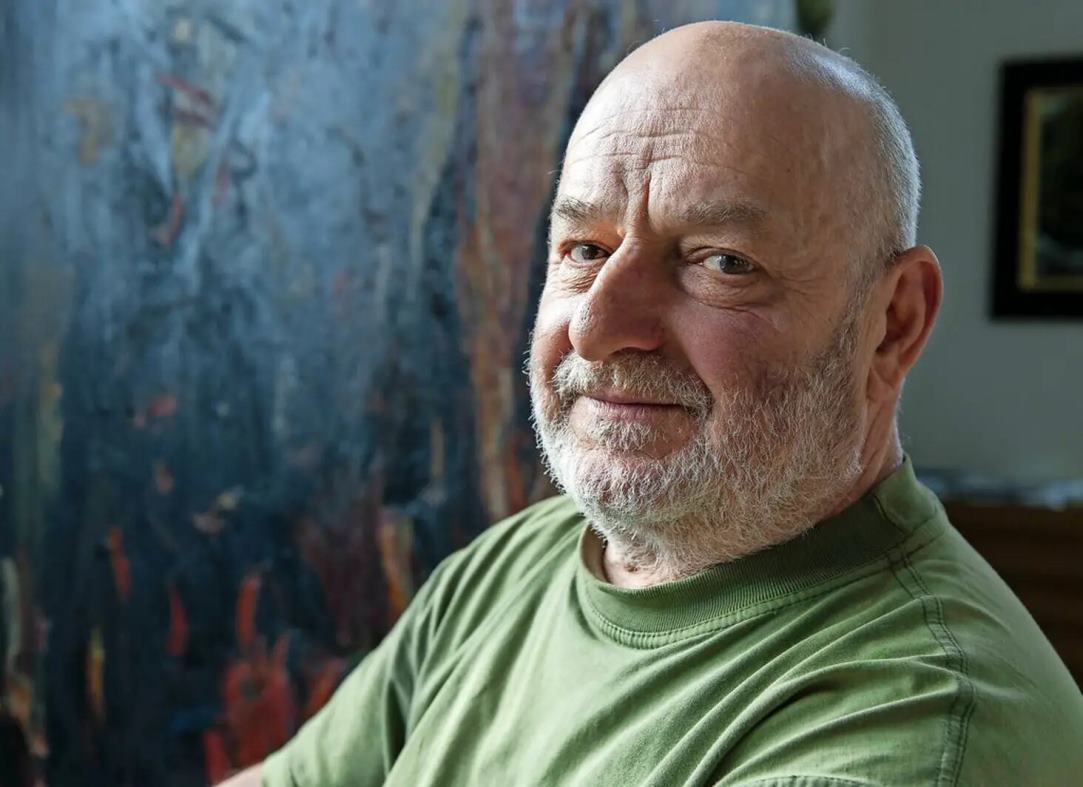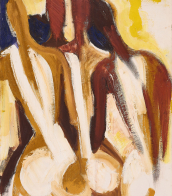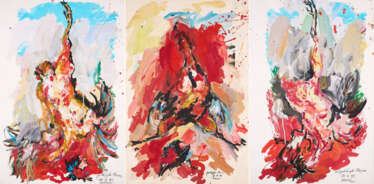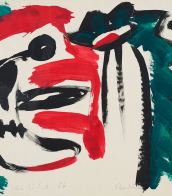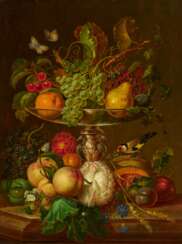птицы маслом
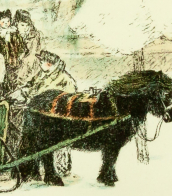
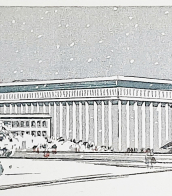




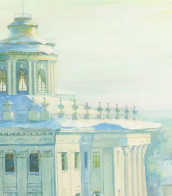

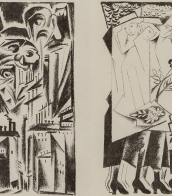
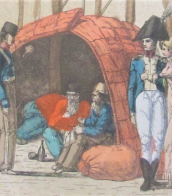
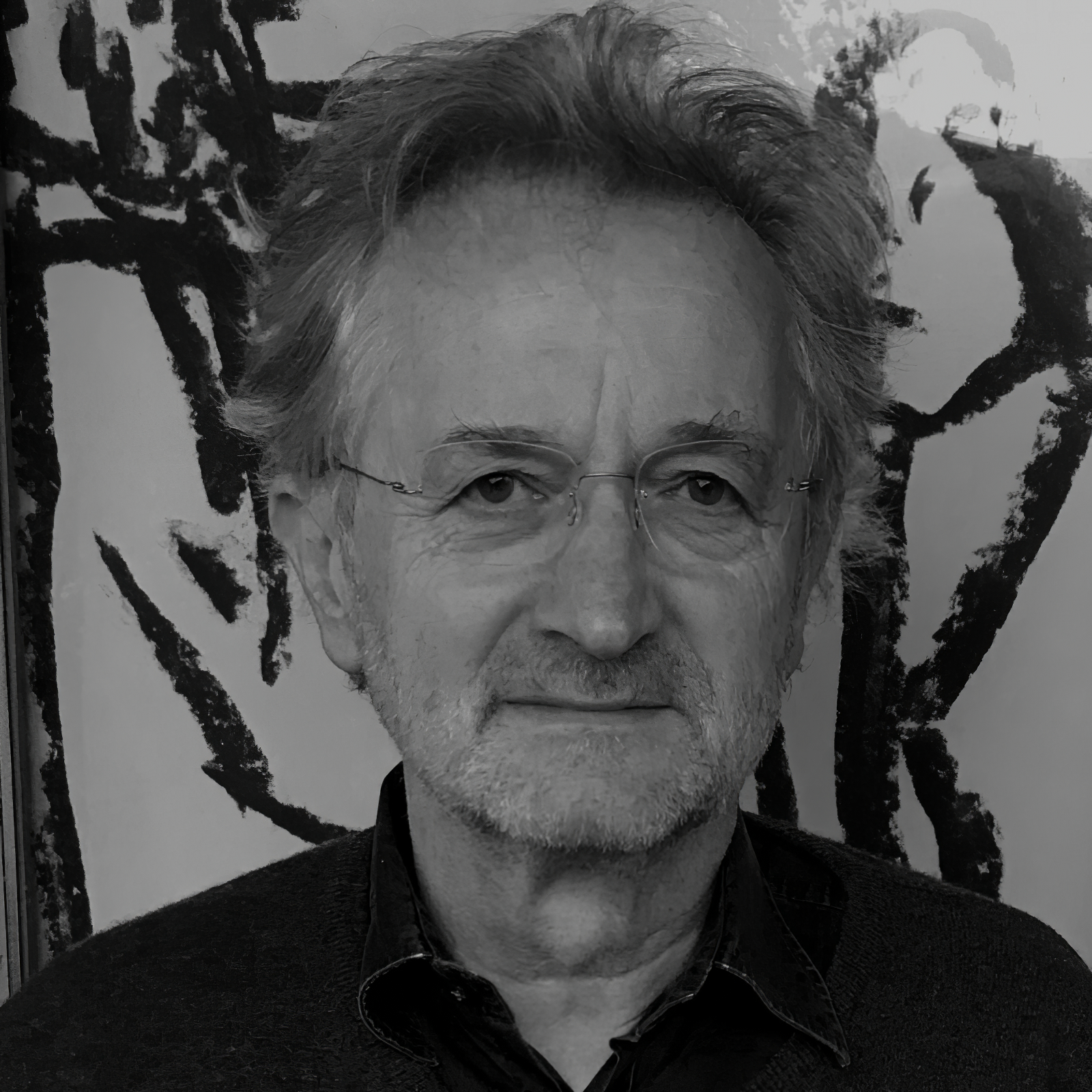
Richard Vogl is a contemporary German artist.
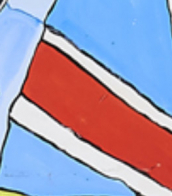

Jörg Immendorff was a German painter and sculptor, stage designer and decorator, and a member of the New Wild movement.
Immendorff painted in cycles that often lasted for years and were political in nature. His series of sixteen large paintings, Café Deutschland (1977-1984), is well known. In these colorful paintings, numerous disco lovers symbolize the conflict between East and West Germany.
Immendorff prepared several stage productions and designed sets for the operas Elektra and The Rider's Voyage. 25 of Immendorf's paintings were selected in 2006 for the illustrated Bible.

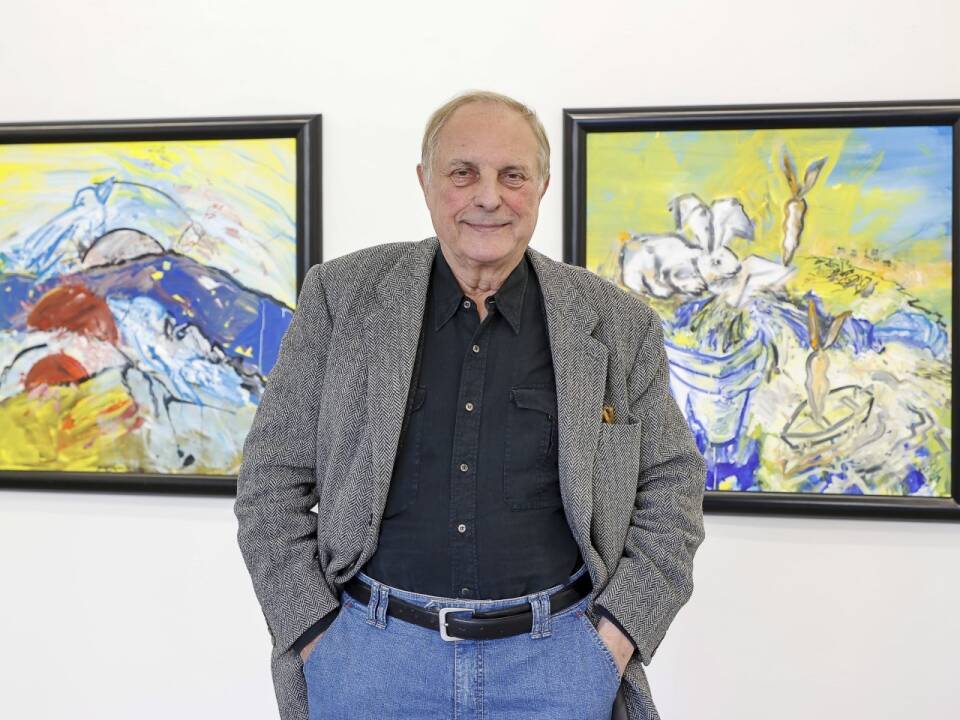
Christian Ludwig Attersee, born Christian Ludwig, is an Austrian media artist living in Vienna and Semmering in Lower Austria.
The artist took his middle name, Attersee, from the area where he spent his youth. He studied at the Vienna Academy of Applied Arts and his work was characterized early on by flamboyant sexualization. He is known not only as a visual artist, but also as a musician, writer, object artist, designer, stage designer and film director. In the 1960s and 1970s he also created series on themes of food, everyday objects, beauty and cosmetics.
Attersee is known above all as one of the leading representatives of objective painting in Europe in the last 50 years. In the second half of the seventies he became the founder of the "New Austrian Painting". From 1990 to 2009, Atterse held a chair at the Vienna University of Applied Arts.
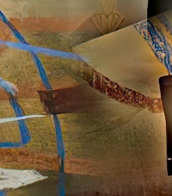
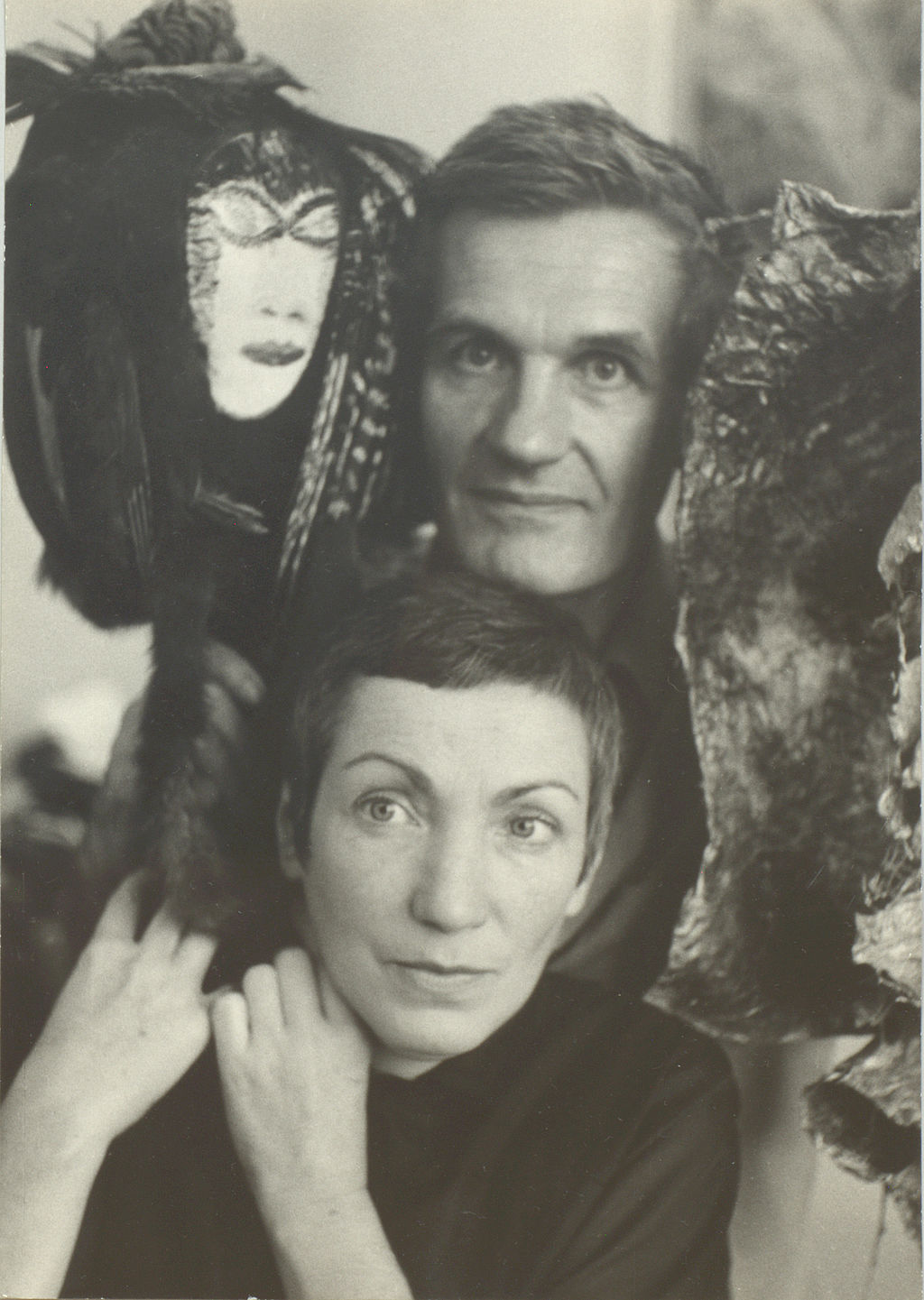
Ursula Schultze-Bluhm was a German painter.

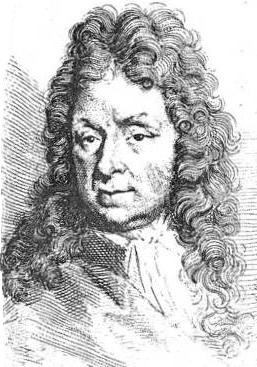
Melchior d'Hondecoeter was Dutch animalier painter, was born in Utrecht and died in Amsterdam. After the start of his career, he painted virtually exclusively bird subjects, usually exotic or game, in park-like landscapes. Hondecoeter's paintings featured geese (brent goose, Egyptian goose and red-breasted goose), fieldfares, partridges, pigeons, ducks, northern cardinal, magpies and peacocks, but also African grey crowned cranes, Asian sarus cranes, Indonesian yellow-crested cockatoos, an Indonesian purple-naped lory and grey-headed lovebirds from Madagascar.
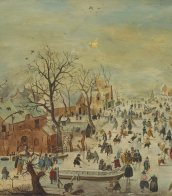
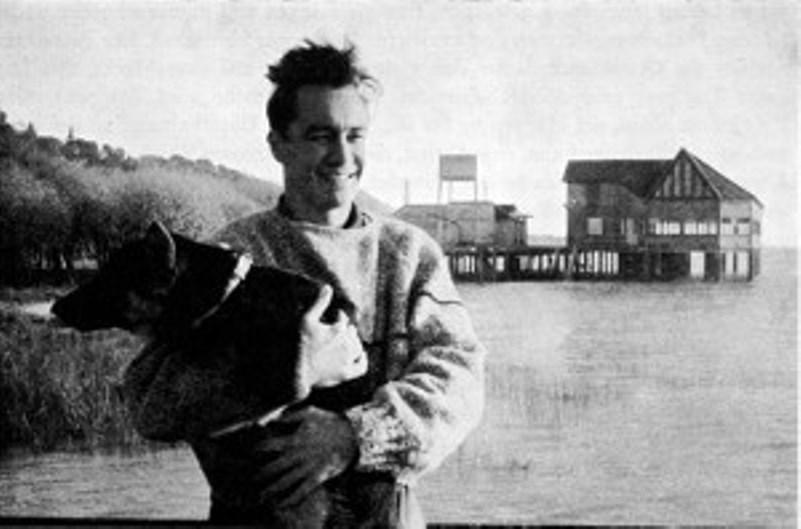
Esteban Fekete was a Hungarian, German, and Argentine painter. He worked and experimented in different techniques - color woodcuts, oil paintings on canvas, wood or organelite. In his paintings we see the world of people, animals and their environment.
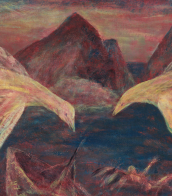
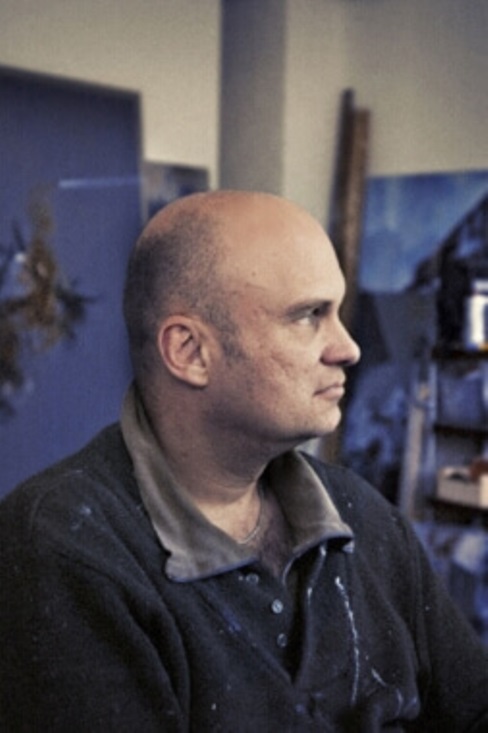
Michael Kunze is a German painter who creates paintings based on Central European intellectualism. Kunze's complex, architectonic worlds conceal many mysteries. His labyrinthine structures among arcaded landscapes are both mysterious and futuristic.

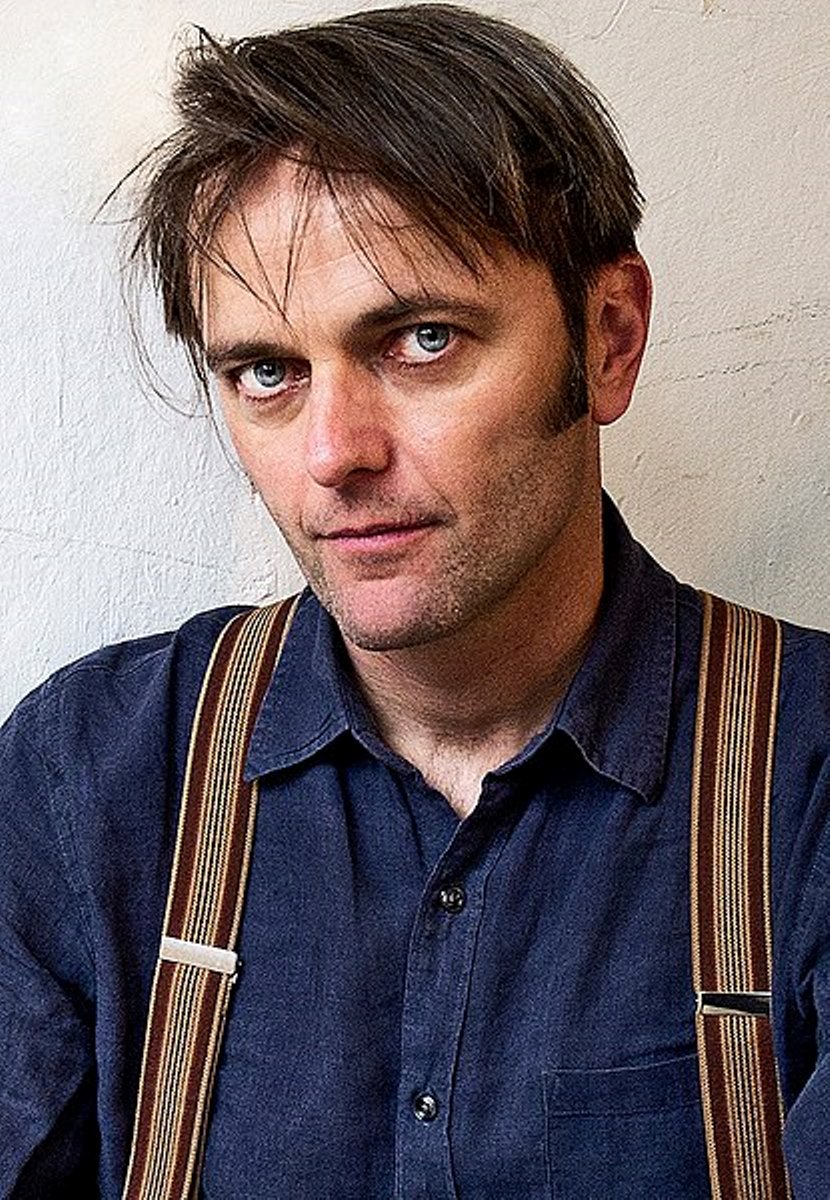
Cornelius Völker is a German painter who lives and works in Düsseldorf and New York.
He studied at the Dusseldorf Academy of Arts and is a professor of painting at the Münster Academy of Art.
Völker's work is characterized by colorful, figurative representations of everyday situations and even insignificant everyday objects in part abstract, part figurative interpretations. The artist has a special method of working with paint and creates photorealistic paintings.
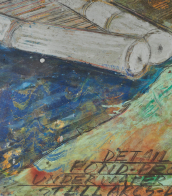
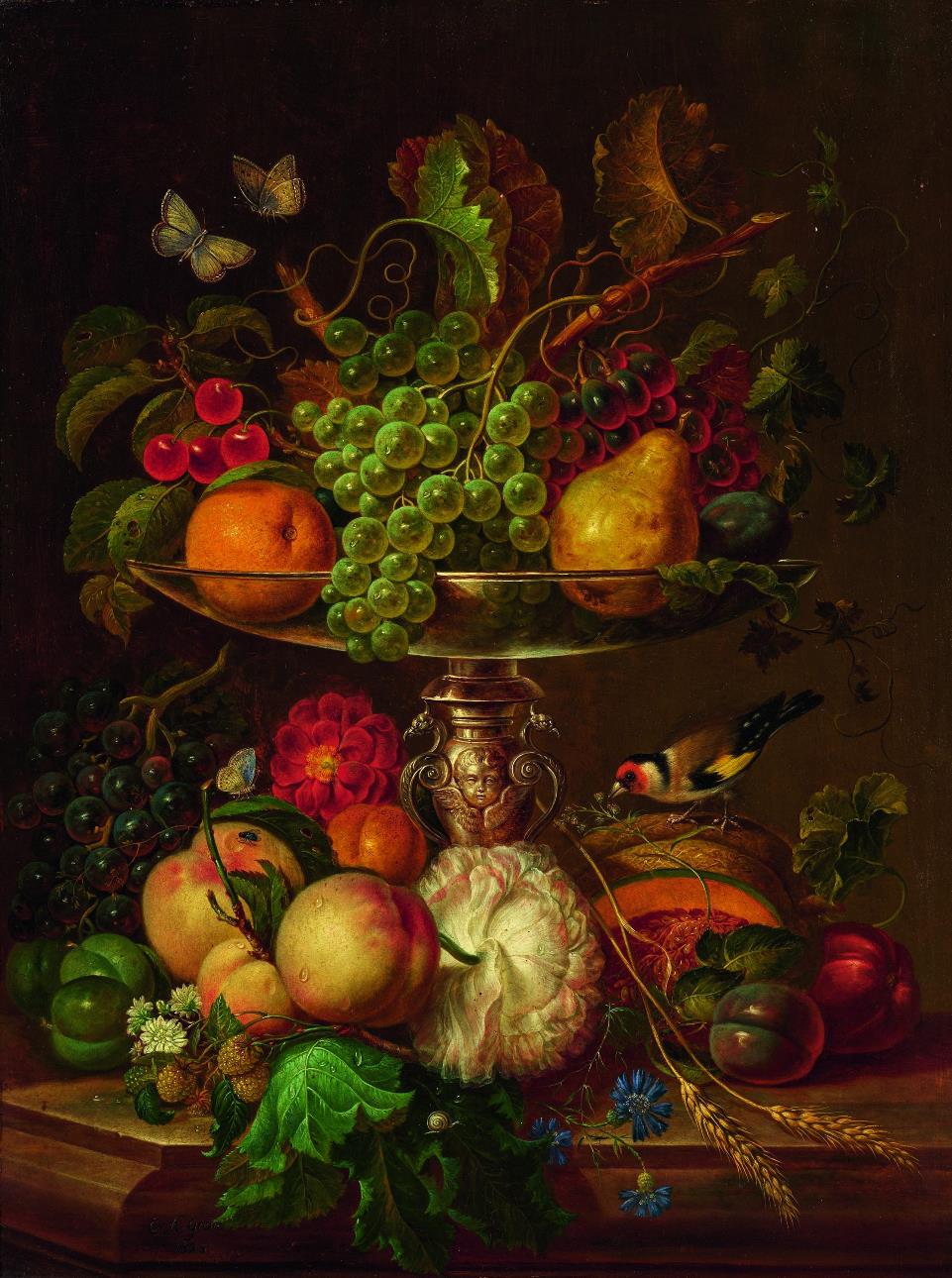

![Маслов, С.С. Россия после четырех лет революции: [в 2 кн.] / С.С. Маслов.](/assets/image/picture_4604328/7ca61/6ns3xx3jc8cfqw0qggtlygkazcu5ysd3mze2jfsjps1llpfd-4gfjjszhnoxcji1745698505jpg__fix_374_244.jpeg)
![Маслов, С.С. Россия после четырех лет революции: [в 2 кн.] / С.С. Маслов.](https://veryimportantlot.com/assets/image/picture_4604328/7ca61/6ns3xx3jc8cfqw0qggtlygkazcu5ysd3mze2jfsjps1llpfd-4gfjjszhnoxcji1745698505jpg__fix_374_244.jpeg)
